Cabernet Franc (“Cab-err-nay fronk”) is medium-bodied red wine whose origins likely lie in the Basque country of France. The wine is loved for its savory, bell pepper-like flavors, medium-high acidity and mouthwatering taste. It is an ideal food pairing wine. You can find single-varietal Cabernet Franc wines, but the variety is also quite popular as blending grape in the famous Bordeaux Blend.
Guide to Cabernet Franc Wine
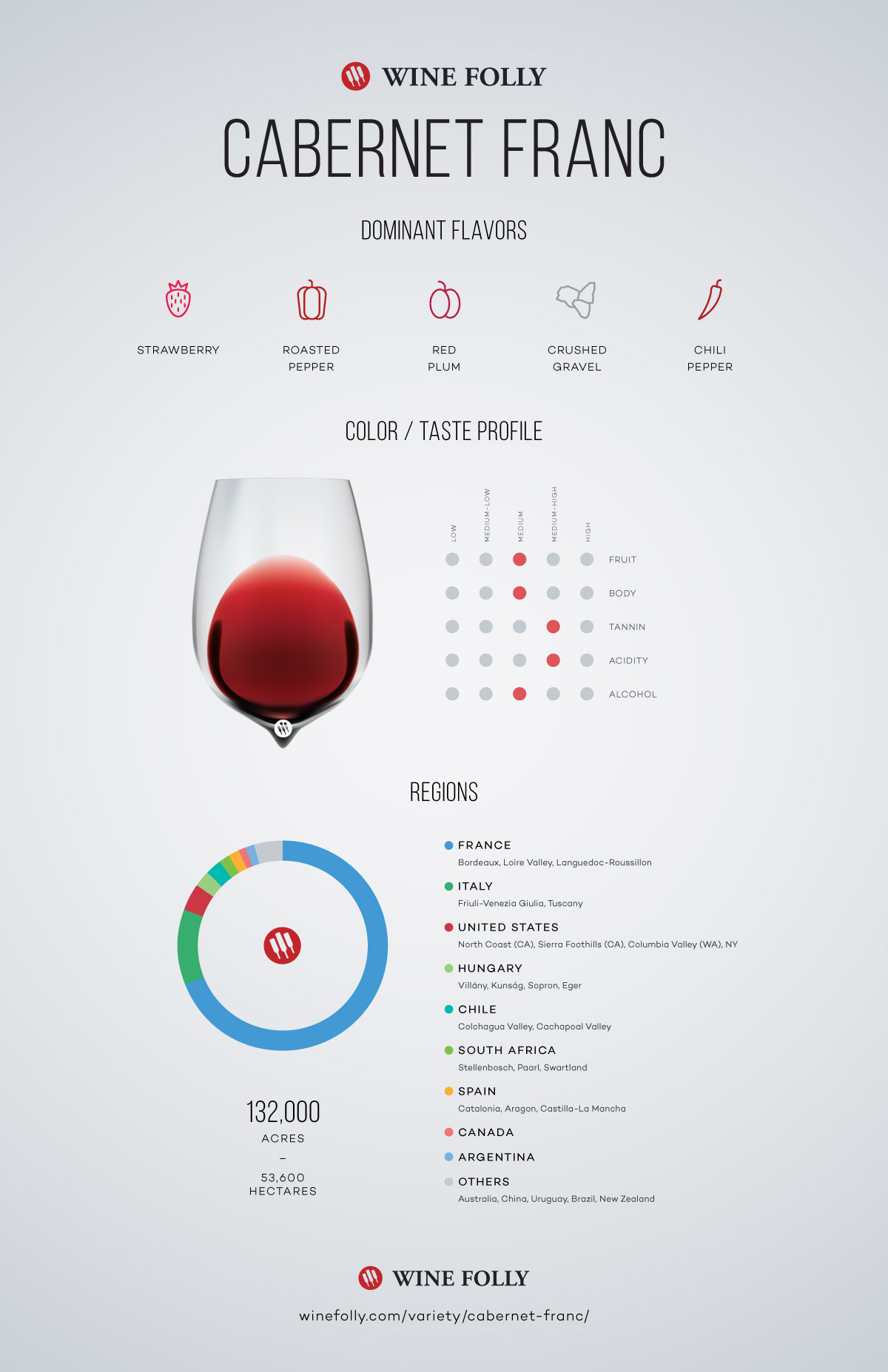
See more flavor characteristics of Cab. Franc on page 106 of Wine Folly: The Essential Guide to Wine
Fast Facts About Cabernet Franc
- History: Cabernet Franc is a parent to Cabernet Sauvignon (the other is Sauvignon Blanc). The crossing occurred sometime during the middle 1600’s around southwestern France (Bordeaux).
- Decant: Decanting Cabernet Franc will help simmer down Cabernet Franc’s natural spiciness. The wine will taste softer and more rich with 30 minutes of decanting (or pouring through an aerator).
- Aging: Interested in aging this wine? While most are recommended to be enjoyed within 5 years, there are many high quality Cabernet Franc wines coming from the Loire Valley in France that have been known to age wonderfully for about 10–15 years. An age-worthy Cabernet Franc will have high acidity and crunchy tannins that you can sense towards the front of your mouth.
- Value: Looking for a good value? Look into Cabernet Franc from Chile, Argentina, California’s Central Valley and Sierra Foothills Appellations as well as New York State.
- Prestige: One of the most treasured Cabernet Franc wines comes from the St-Emilion Appellation in Bordeaux and is called Chateau Cheval Blanc. This wine is usually a blend of Cabernet Franc with Merlot.
- Alternatives: If you love the savory herbaceous character of Cabernet Franc, seek out the rare Basque red: Hondarribi Beltza, and Chile’s red: Carménère
Food Pairing with Cabernet Franc
Medium-bodied wines like Cabernet Franc can pair with a wide variety of foods due to their natural high acidity and slightly reduced tannin (the astringent quality in red wine). Higher acidity makes it possible to pair with tomato-based dishes, vinegar-based sauces (smoky BBQ anyone?) or rich veggies like black beluga lentils. If you learn only one tip about pairing Cabernet Franc, it is to match it with real herbs in your dish.
Examples
- Meat
- Roasted Pork, Beef Burgers or Stew, Meatballs in Tomato Sauce, Chicken Tomato Curry, Turkey with Cranberry, Wild Game Hens, Lamb Gyros, Crispy Skin Trout with Pork Belly, Pâté
- Cheese
- Goat Cheese (a regional French favorite), Ravioli, Camembert, Feta, Fontina, Cheese and Spinach Quiche
- Herb/Spice
- Oregano, Thyme, Rosemary, Sage, Savory, Chervil, Jalapeño Pepper, Coriander, Aleppo Pepper, Red Pepper Flakes, Black Pepper
- Vegetable
- Black Lentil, Red Bean, Pinto Bean, Roasted Red Pepper, Mushroom, Tomato, Eggplant, Leeks, Spinach, Sunchokes, Arugula
4 Profiles of Cabernet Franc
The best way to learn this wine is to taste it from several different regions. Here are some tasting notes on a few regional Cabernet Franc wines to start exploring.
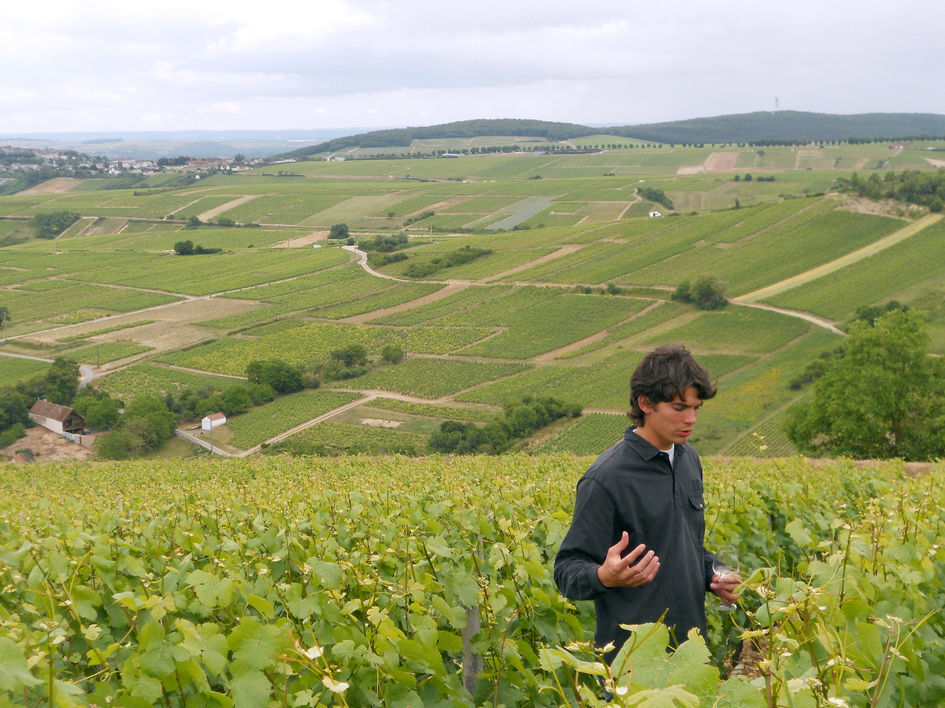
Chinon, Loire Valley, France (Cool-Climate)
France is the largest producer of Cabernet Franc. The famous “Right Bank” Bordeaux blend features Cabernet Franc and Merlot. There is also a French wine region that specializes in Cabernet Franc as a single-varietal wine: The Loire Valley. The most well known appellations for Cabernet Franc in the Loire Valley are Chinon and Bourgueil.
Chinon Taste Profile
A great example of Chinon will smell of roasted red pepper, raspberry sauce, jalapeño, sweet raspberry compote and wet gravel. On the palate you’ll taste moderately high acidity and moderately low tannin with flavors of sour cherry, smoky tomato, dried oregano and sweet pepper. The taste will burst through your palate and drop out quickly with a subtle tingle from the acidity.
What to Look For
Seek out a French Cabernet Franc with a few years of age (perhaps 5–7 years). This gives the wine enough time in bottle to smooth out the spicy acidity and develop some really lovely smoky flavors and a dried fruit finish. Expect to spend about $20 for a decent bottle.
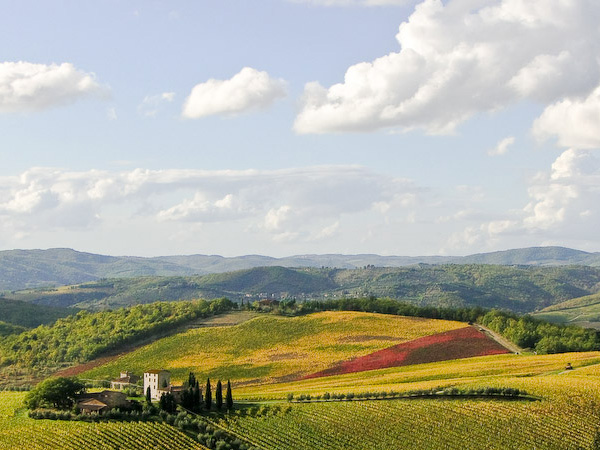
Tuscany, Italy (Warm-Climate)
Italy is the second largest producer of Cabernet Franc. Much of it is made in Friuli-Venezia Giulia but the most famous Italian Cabernet Franc comes from Tuscany. Since Cabernet Franc is not indigenous to Italy it’s declassified to an Italian IGT or “Super Tuscan” blend.
Tuscany Taste Profile
A great example of a “Super Tuscan” Cabernet Franc will have ripe and rich aromas of black cherry, blackberry, cocoa, red pepper flakes and a hint of chalky dry gravel and leather. On the palate there will be boldness from elevated alcohol with mocha, cinnamon, and plum flavors complimented by medium-high acidity and moderately high tannin. It’s common to find Cabernet Franc from Tuscany aged in French oak for additional body and richness.
What to Look For
This wine is highly appreciated and because of this, you’ll find the prices to easily jump up to $50–$80 a bottle. The regions within Tuscany that have been receiving the most notoriety for Cabernet Franc wines have been found within the province of Livorno (including Bolgheri and Suvereto).
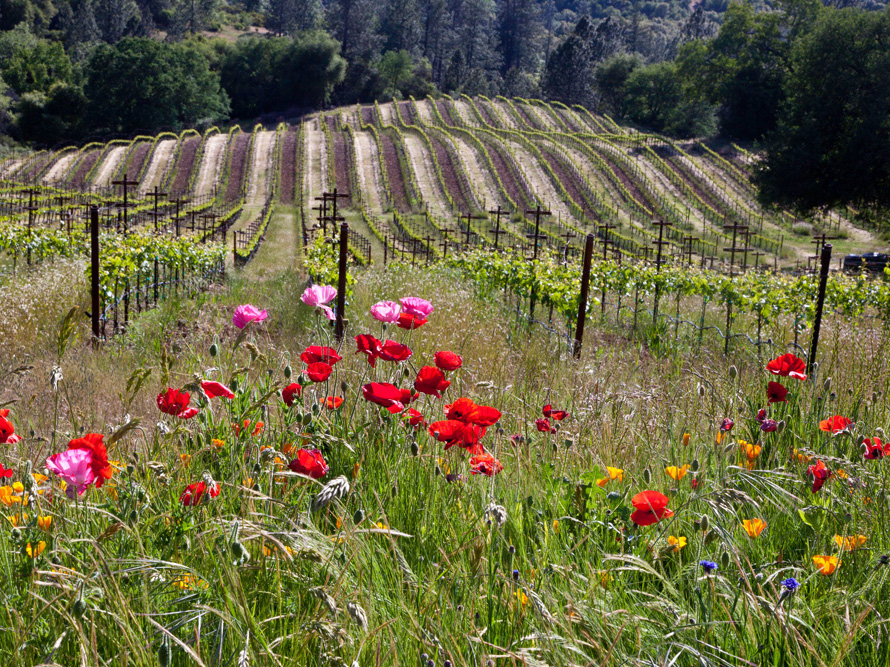
Sierra Foothills, California, USA (Warm-Climate)
There is Cabernet Franc growing throughout California, but few regions champion it as a single-varietial wine. Enter the Sierra Foothills. This off-the-radar region in the foothills of the Sierra Nevada Mountains typically produces an opulent, fruit-forward style of Cabernet Franc.
Sierra Foothills Taste Profile
A great example of Sierra Foothills Cabernet Franc will have bold aromas of sweet strawberries, raspberry, mint and roasted jalapeño. On the palate you’ll taste bold fruit from elevated alcohol and flavors of chocolate and baking spices from oak-aging.
What to Look For
This wine is best enjoyed within the first few years of release and is usually offered at a bargain from just $10–$15 a bottle.
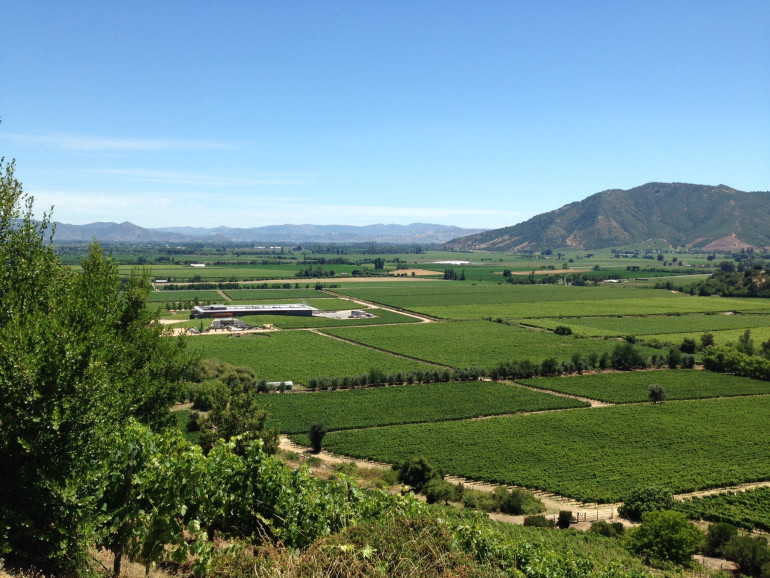
Colchagua Valley, Chile (Warm-Climate)
Chile started to offer single-varietal Cabernet Franc wines recently. Before, the grape was blended into Chile’s ubiquitous Bordeaux-style blend. Chile itself is quite hot and sunny but, due to the influence of the Pacific Ocean and the Andes Mountains, the region maintains freshness with acidity and elegance in their wines similar to cool-climate areas.
Chile Taste Profile
A great example of Colchagua Chilean Cabernet Franc will have bolder aromas of black cherry, chocolate, and green peppercorn aromas. The taste will burst with acidity and juicy berry fruit that is smoothed with baking spice-like flavors from wines being aged in oak. Tannin is moderately high and finishes out with a touch of vanilla from oak-aging.
What to Look For
Look for wines from Colchagua and Maule Valley for richer and riper flavors, and leaner and more elegant styles can be found in Cachapoal or Casablanca Valley. Expect to spend anywhere from $18–28 for a great example.